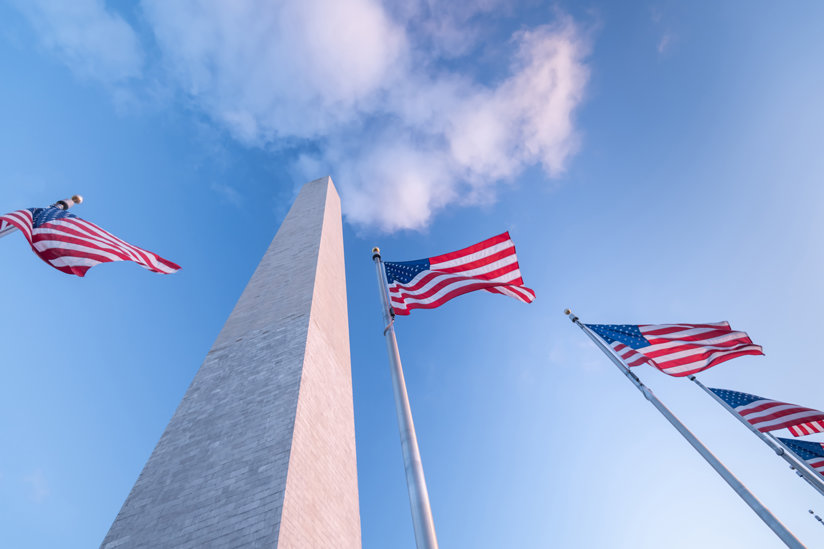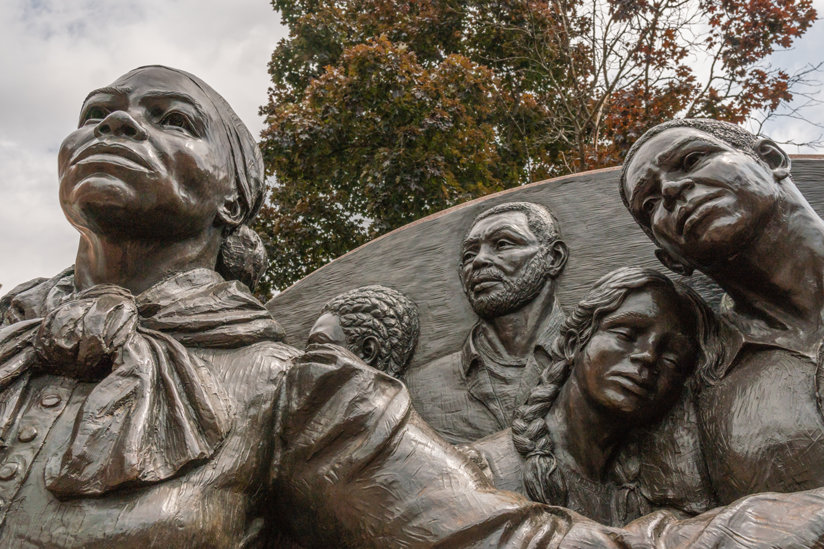
-
HOME
-
WHAT IS STANDOur Mission Our Values Our Help Contact
-
WHAT WE FIGHT FORReligious Freedom Religious Literacy Equality & Human Rights Inclusion & Respect Free Speech Responsible Journalism Corporate Accountability
-
RESOURCESExpert Studies Landmark Decisions White Papers FAQs David Miscavige Religious Freedom Resource Center Freedom of Religion & Human Rights Topic Index Priest-Penitent Privilege Islamophobia
-
HATE MONITORBiased Media Propagandists Hatemongers False Experts Hate Monitor Blog
-
NEWSROOMNews Media Watch Videos Blog
-
TAKE ACTIONCombat Hate & Discrimination Champion Freedom of Religion Demand Accountability
What America’s 50,000 Monuments Tell Us About Ourselves
The men and women that a nation looks up to and venerates tell a lot about the character of that nation, and that veneration is best exemplified through that nation’s monuments.
While it may not be true that one learns history from statuary—who ever heard of a third grader taking home a statue to study for a test the next day?—those individuals whom we literally look up to, immortalized in bronze and stone, are far more than just perching places for pigeons.

A recent audit of America’s monuments gives us a clue as to the ideals and yearnings of our past and the subtle and not-so-subtle changes in those ideals moving forward.
The National Monument Audit, produced by the Monument Lab in partnership with the Andrew W. Mellon Foundation, came into being in order to allow us, in the Monument Lab’s words, “to better understand the dynamics and trends that have shaped our monument landscape, to pose questions about common knowledge about monuments, and to debunk falsehoods and misperceptions within public memory. The National Monument Audit is meant to… ensure that future generations inherit a commemorative landscape that venerates and reflects the vast, rich complexity of the American story.’”
A recent audit of America’s monuments gives us a clue as to the ideals and yearnings of our past and the subtle and not-so-subtle changes in those ideals moving forward.
After a year sifting through some half a million historical records involving roughly 50,000 statues in every U.S. state and territory, the National Monument Audit arrived at a number of key findings, including, “the monument landscape is overwhelmingly white and male,” and “the most common features of American monuments reflect war and conquest.”
While white military men are honored the most in images of stone, women and people of color have been—with the notable exception of Martin Luther King Jr.—for the most part slighted.
Achievements in science, peace, brotherhood, religion, the arts—those things which bring us together—are conspicuous in their non-memorialization; whereas war, military might and conquest—those things which tear us asunder—are thunderingly present throughout the public circles and parks and government buildings of the land.
Of the top 50 historical figures honored with the most individual monuments, all but three (Joan of Arc, Sacagawea and Harriet Tubman) are men, with Tubman the only one of the three who identified as American. Of the remaining 47, all but Dr. King, Tecumseh and Frederick Douglass are white males—half of whom were enslavers, a dozen generals, 11 presidents and four who led a rebellion against the United States 160 years ago.

Among the other monuments, women are more represented in fiction than reality with 22 public images of mermaids but only two of U.S. Congresswomen.
While we’ve all heard of the outcry to remove Confederate monuments, some toppled by protest and others by decree, these represent far less than 1 percent of the nation’s vast stone garden. Possibly more telling as to the shift in America’s priorities is the quiet evolution of the U.S. Capitol’s Statuary Hall, a collection of 100 statues, two from each state, selected to enshrine iconic figures in that state’s past. Any state may choose to replace either or both of its statues at any time at its discretion.
Four years ago, eight Confederates and several sworn white supremacists stood in the hall, an all-white club with only eight women.
Achievements in science, peace, brotherhood, religion, the arts—those things which bring us together—are conspicuous in their non-memorialization.
But changes are afoot. Nebraska replaced its statue of William Jennings Bryan in 2019 with civil rights icon Chief Standing Bear, with a statue of writer Willa Cather soon to join him (replacing the image of 19th century Secretary of Agriculture Julius Sterling Morton). Washington state will honor Native American environmental leader Billy Frank Jr. Arkansas will replace its statue of former governor James Paul Clarke (due to his racism) with one of singer Johnny Cash. Its other statue of a 19th century attorney will be replaced by civil rights leader Daisy Bates.
Other states will follow suit. Florida will replace a Confederate with activist and educator Mary McLeod Bethune; North Carolina will no longer be represented by a white supremacist governor, but by religious leader Billy Graham; and Virginia will take down Robert E. Lee and put up civil rights leader Barbara Johns in his stead—a move, incidentally, that would not have displeased that Confederate commander, who was against such monuments, writing in 1869, “I think it wiser, moreover, not to keep open the sores of war but to follow the examples of those nations who endeavored to obliterate the marks of civil strife, to commit to oblivion the feelings engendered.”
Lee’s advice is finally, slowly, deliberately, belatedly being heeded, reflecting Scientology Founder L. Ron Hubbard’s observation that, “Ideas and not battles mark the forward progress of Mankind.”
As America learns to venerate her ideas, rather than her battles, those ideas—no matter the race, gender or creed from which they arose—may yet help her achieve the greatness she has sought for well over two centuries.









